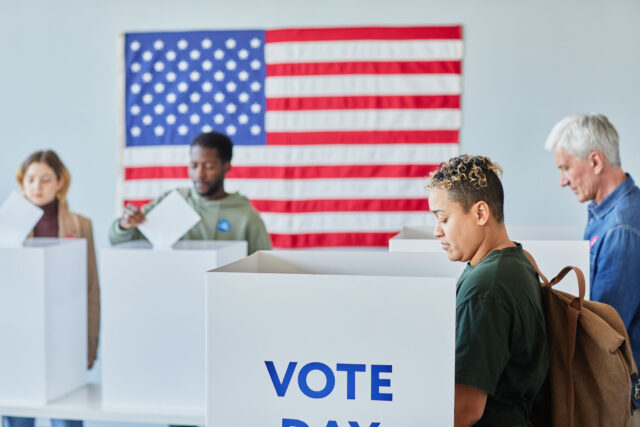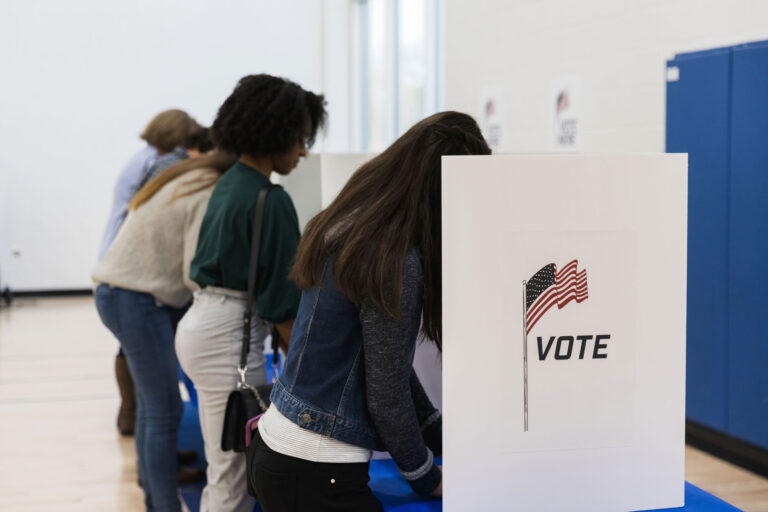Mark Baldassare, PPIC president and CEO, and director of the PPIC Statewide Survey, participated in a panel discussion titled “Is This What Direct Democracy Looks Like?” at a public event hosted by Zocalo Public Square on May 11, 2022 in Los Angeles. This post is based on the April PPIC survey findings and excerpted from his prepared remarks.
The citizens’ initiative has played an outsized role in California elections and policymaking for decades. In the 111-year history of the state’s direct democracy system, a total of 392 initiatives have qualified for the ballot, and the 137 initiatives passed by the voters—that’s 35%—include an impressive array of constitutional amendments and statute revisions. For the election this November, 37 initiatives are circulating, three are eligible, and one has qualified for the ballot. Paid advertising is already hitting the airwaves, and California voters will once again be the decision makers on a host of complex issues brought to them by interest groups. Today, we take stock of public opinion and find remarkable support for reengaging citizens in the initiative process.
It is important to note that the California initiative process generally receives positive reviews from voters themselves. In the April PPIC survey, two in three California likely voters (67%) say it is a good thing that a majority of voters can make laws and change public policies by passing initiatives. Solid majorities have consistently held this view since 2000. Today, solid majorities across partisan groups (66% Democrats, 70% Republicans, 63% independents) and majorities across the state’s regions and demographic groups say this.
While most California likely voters are “somewhat” satisfied (57%) with the way that the initiative process is working today, few say they are “very satisfied” (6%). Majorities have expressed satisfaction since 2000. Today, majorities of Democrats (74%) and independents (55%) are at least somewhat satisfied while Republicans are divided (52% satisfied, 48% dissatisfied). Majorities across the state’s regions and demographic groups are satisfied, while small minorities are very satisfied.
In this context, 81% of California likely voters say that changes are needed in the initiative process (33% major changes, 48% minor) while just 15% say that it is fine the way that it is. The widely held perception that changes are needed has been consistent since 2000. Today, overwhelming majorities across partisan groups (85% Democrats, 77% Republicans, 80% independents) and the state’s regions and demographic groups think that the initiative process in California is in need of change.
Why are California voters less than fully satisfied with the initiative process and think that changes are needed?
First, nearly all California likely voters say that the initiative process is controlled by special interests—either “a lot” (56%) or “some” (39%). Majorities have said that the initiative process is controlled “a lot” by special interests since 2001. Today, half or more across partisan groups (55% Democrats, 54% Republicans, 62% independents), and demographic groups say that the initiative process is controlled “a lot” by special interests.
Second, nine in ten California likely voters agree (45% strongly, 46% somewhat) that the ballot wording of citizens’ initiatives is often too complicated and confusing for voters to understand what will happen if an initiative passes. Overwhelming majorities of California likely voters have held this view since 1998. Today, overwhelming majorities across partisan groups (93% Democrats, 88% Republicans, 88% independents), regions, and demographic groups agree at least somewhat that initiatives are complicated and confusing for voters.
What about changing the initiative process?
We find broad and deep support for one proposed change that aligns with concerns about special interest groups and ballot confusion: the creation of an independent citizens’ initiative commission. Currently, 77% of California likely voters favor having a commission that would hold public hearings on initiatives and then make ballot recommendations in the official voters’ guide. When we asked this question in 2013, 69% supported this initiative reform. Today, overwhelming majorities across partisan groups (85% Democrats, 69% Republicans, 74% independents), regions, and demographic groups are in favor of making this change.
In general, PPIC’s public opinion polls have found broad support for the initiative process overall and strong consensus that it is an imperfect tool of direct democracy. Remarkably, voters’ attitudes about initiatives have not changed over time, which reflects a need for improvements. While some progress has been made in certain realms—connecting the legislative and initiative processes, increasing public disclosure of the major funders of ballot initiatives—attempts to reengage Californians in the initiative process are falling short even in the wake of recent efforts to increase voter participation in elections.
For starters, California could benefit from a close look at Oregon’s experience with establishing a citizens’ initiative commission—it is not too late for California to pursue some experimentation in this direction for the 2022 election. For instance, the secretary of state, in partnership with the media and nonpartisan organizations (such as those at this event today), could work on piloting efforts to organize citizen panels and hold public hearings to inform voters on this year’s initiatives, such as gambling and reducing plastic waste.
In the long run, reforming the citizens’ initiative will not be easy. Many voters will be distrustful of legislative efforts to make changes in the process, and moneyed interests and partisan groups who benefit from the current system will want to maintain the status quo. Yet widespread consensus exists for both using the initiative process and making improvements going forward. Most importantly, political and election reforms that lead to a better functioning of direct democracy are critical to the future of the state.
Topics
elections initiative process initiatives Political Landscape Statewide Survey votersLearn More

Californians Like Voting on Environmental Issues
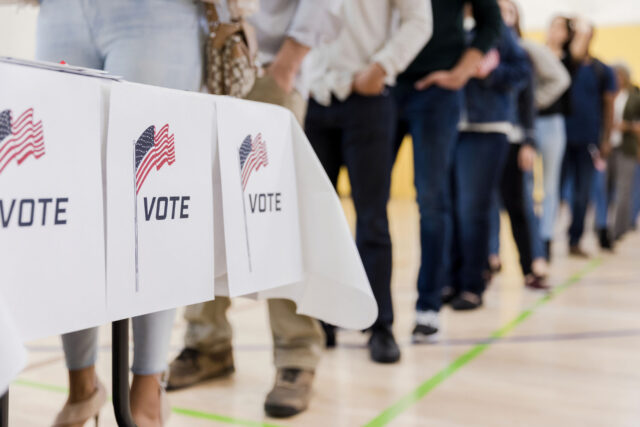
Californians Want Referendum Reforms
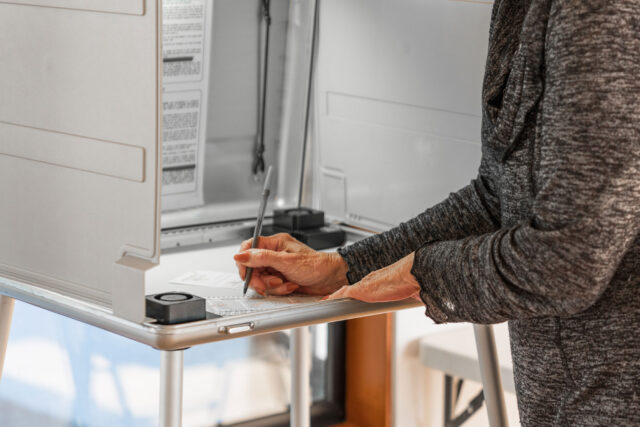
Most California Voters Say “We Know Best”
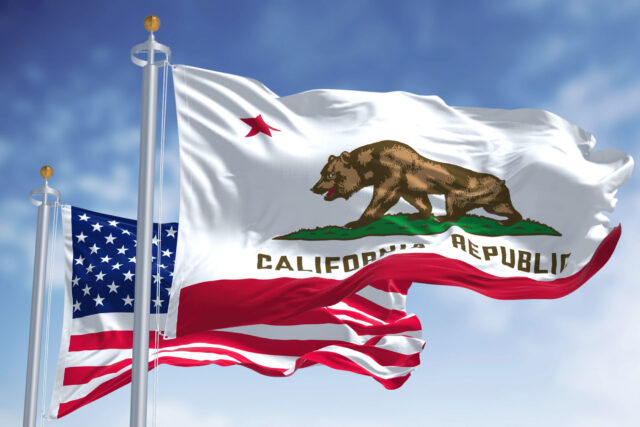
Views of Democracy from the Golden State
